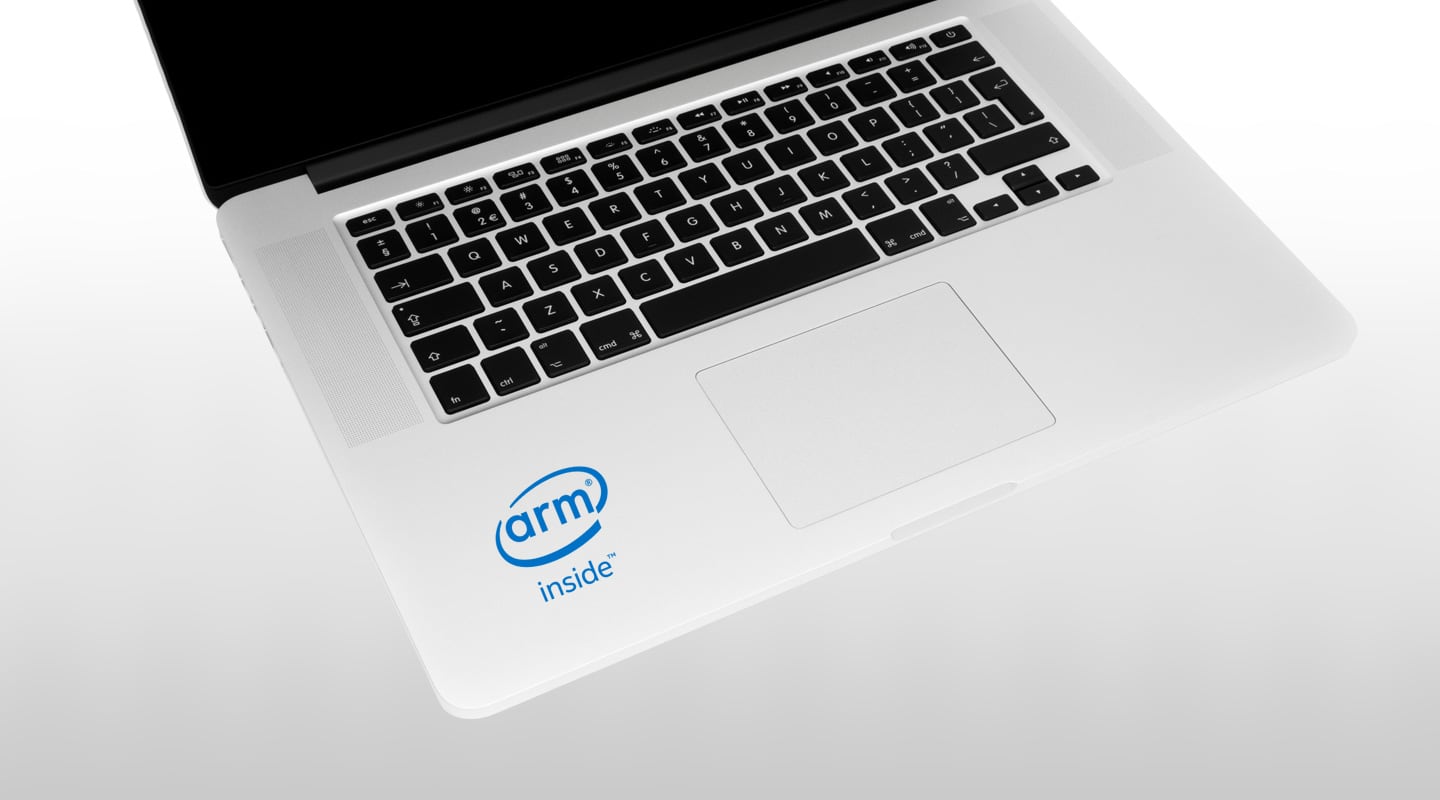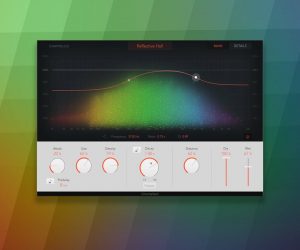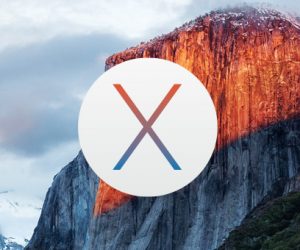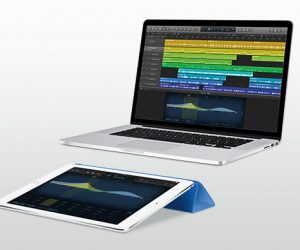
Apple Notes 127
What does Apple’s move towards ARM chips mean for Intel, Hackintoshes and the gradual assimilation of iOS and macOS?
Well the cat’s out of the bag. As per my previous suggestion; Apple ditching third party-manufactured CPUs is now looking very likely. Last issue we looked over the ARM-based T2 chip in the iMac Pro, a processor designed by Apple to take care of encryption and SSD control, face recognition, startup security and access to the startup drive, and indeed, audio control. With the T2 taking care of processor intensive chores like encryption, there’s greater headroom for the primary CPU.
According to every tech media body on the planet, and reportedly “those familiar with Apple”, the tech giant has a roadmap to move away from Intel processors and commence releasing both laptop and desktop machines using ARM CPUs. This is widely rumoured to begin in 2020. Intel shares took a nosedive, of course, dropping by around nine percent upon the news, with Apple’s business amounting to about five percent of the chip manufacturer’s annual revenue.
Obviously, Apple has plenty of runs on the board with ARM processors. Since iPhone version one, released in 2008 with its paltry 412MHz ARM CPU, Apple has created an entire ecosystem with iOS. In recent years we’ve seen macOS (formally OS X) absorb various facets of the iOS system and vice-versa. Now, with the A11 ARM processor in the iPhone 8 and X models eclipsing MacBook i5 and i7 processing speeds, it makes sense Apple would be aiming for across-the-board use of ARM as its primary CPU.
ARMED & DANGEROUS
While there are physical advantages to the ARM platform, such as far less heat generation, the advantages for Apple are most importantly; the freedom to release products according to its own development timeline, and to integrate software more closely with a bespoke CPU. But aside from this, there’s also the question as to when ARM processing will reach the performance required by workstation systems such as the upper end iMacs and the fabled 2018 release of a new Mac Pro. The A11 64-bit ARMv8 gets close. The A11 Bionic is a six core processor, with two cores running at 2.39GHz and the remaining four kicking in when required. It’s the fastest processor available in a phone to date, and as mentioned, outpaces various laptop designs from Apple. Manufacturing these chips is Taiwan Semiconductor Manufacturing Company (TSMC), a company that’s gone from US$1.5 billion to around US$25 billion during 1997 through to 2014. TSMC is a manufacturing powerhouse with a hugely successful history. With its prowess backing Apple’s charge, we’re likely going to see ARM processors reach the 3GHz barrier soon.
Apple is certainly unafraid of a processor change. The company has done this before with the jump from Motorola 68040 architecture to the Power PC CPU, and then to the Intel processors such as the i5, i7, and Xeon platforms. As much as it pains the consumer, Apple have got these transitions down to a fine art.
MAC PROS & CONS
Which leads me to speculation as to the 2017 announcement of a revamped Mac Pro release during 2018. It’s not happening. Recent news from Apple has set the 2018 Mac Pro farther out to 2019. Tom Boger, Apple’s Senior Director of Mac Hardware made the announcement, sighting the fact customers’ buying decisions would be greatly affected by the news. Damn straight — those customers have been making do with the 2013 Mac Pro, heavily modifying older Mac Pros, building a high-spec Hackintosh, or simply jumping ship to Windows. A 2019 Mac Pro announcement could easily equate to late-2019 in Apple-speak, with the actual release of a product being early 2020. The big question is; will the next Mac Pro use ARM processors?
There’s also the question surrounding just how far iOS and macOS integration will become. All Mac users know professional workstation activities are best done with a desktop or laptop machine, with iOS applications amounting to watered down versions of their desktop counterparts. Notwithstanding, stripping Intel processors out of the software development map would allow Apple a single code-base; streamlining further development. Who knows what new features will appear, or what pain it might cause developers.
RIP HACKINTOSH
This will, of course, greatly affect the Hackintosh fraternity. It’s a dubious avenue at best considering Apple’s licensing fine-print, and is only possible due to the fact Apple uses Intel CPUs. I highly doubt an Intel processor could emulate an ARM CPU effectively, there’s next to no chance of motherboards being released to accept Apple’s ARM CPUs, and zero chance of buying an Apple-designed CPU on the open market. In other words it’s curtains for the Hackintosh, although the final nail won’t be driven in until Apple ceases support entirely for Intel-based machines. There’s a few years left in the DIY Mac yet, but the writing is unmistakably written on the wall. Change is afoot.
This is speculation, and there are other issues at hand such as virtualisation on ARM processors. Running virtual machines is something Intel x86 processors excel at, whereas ARM does not. Maybe Intel processors will remain in high-end Macs. Maybe macOS will evolve to a point where it won’t run without an ARM processor present, but will still execute the hard work on an Intel CPU. Where this path leads, however, will be far clearer once we see the next Mac Pro.
















RESPONSES